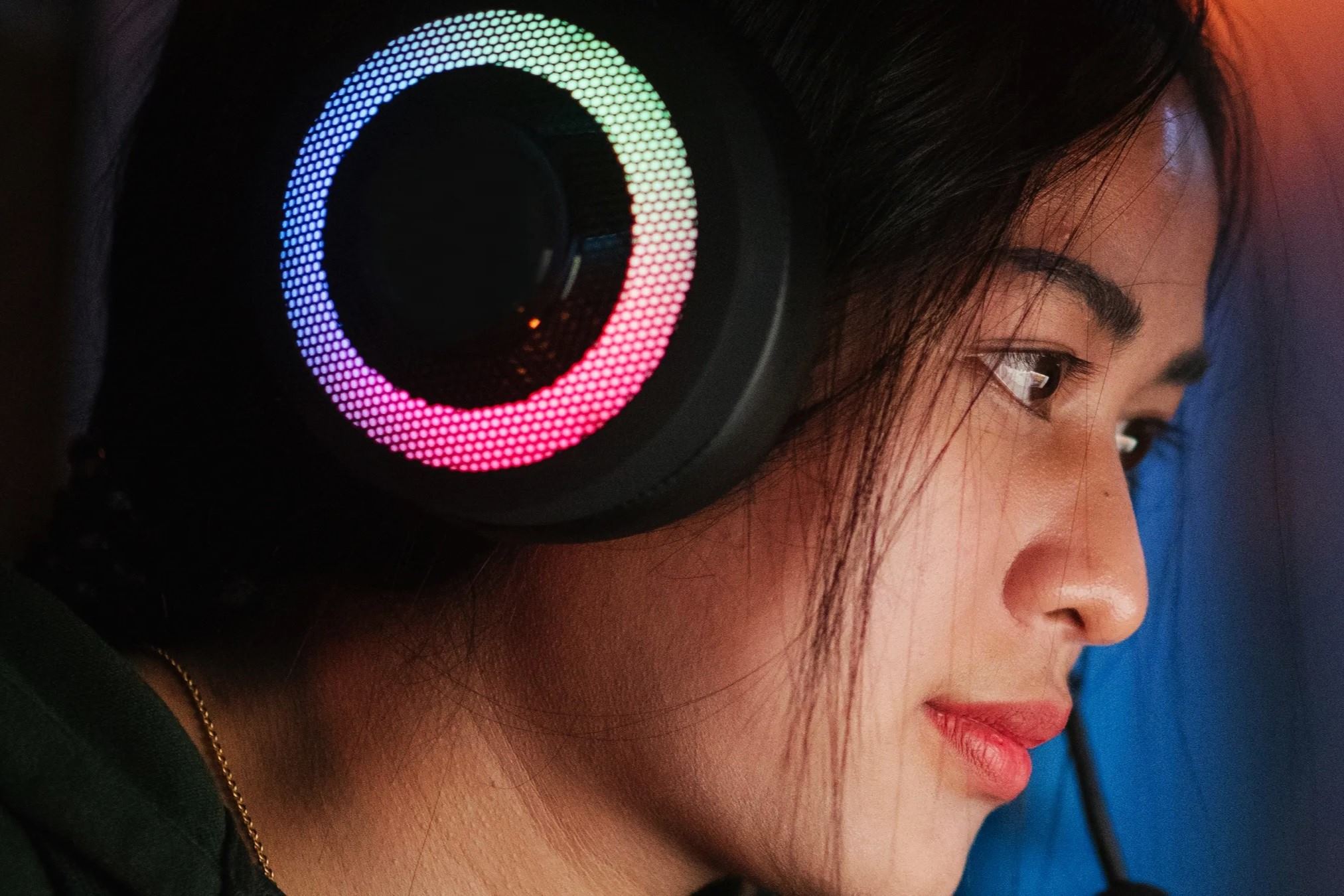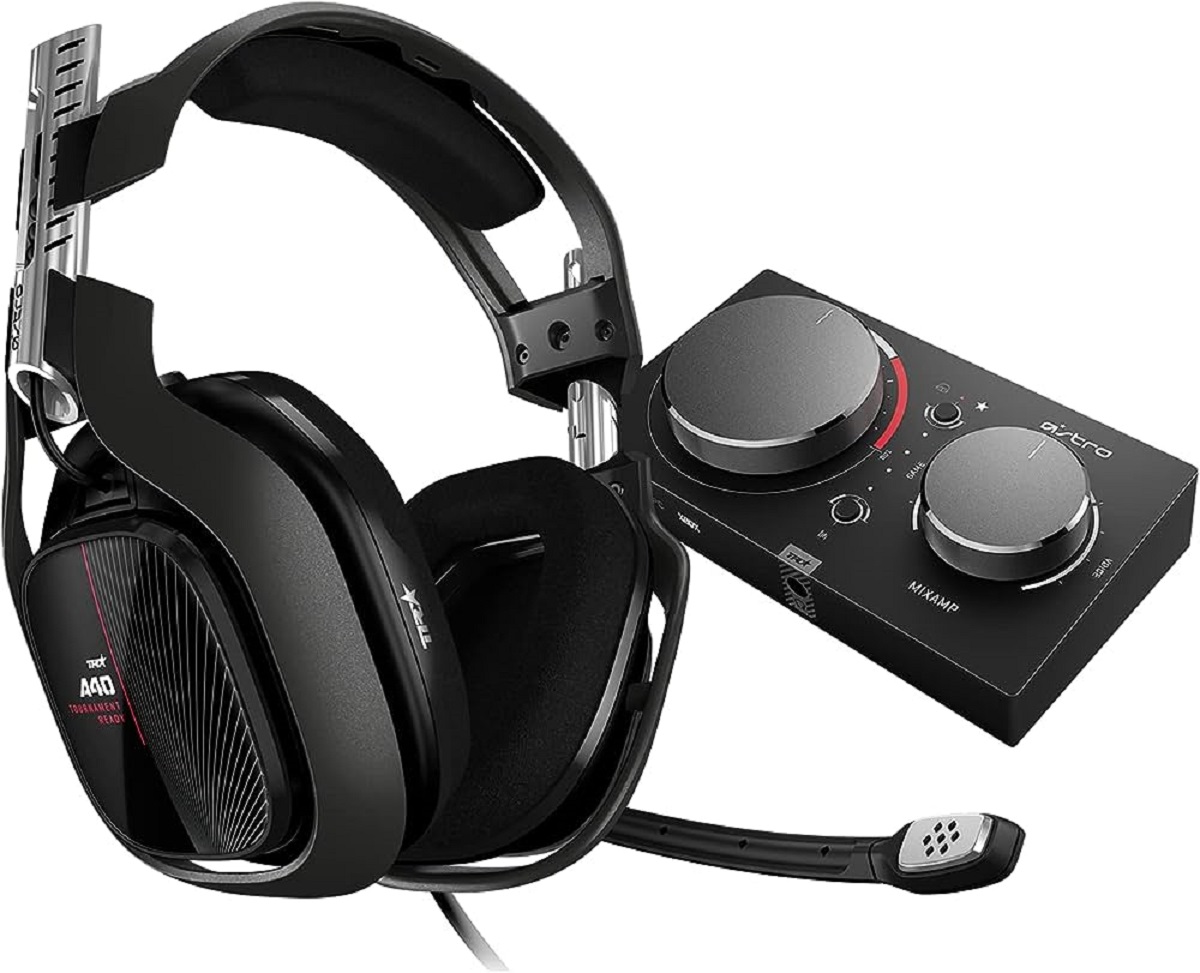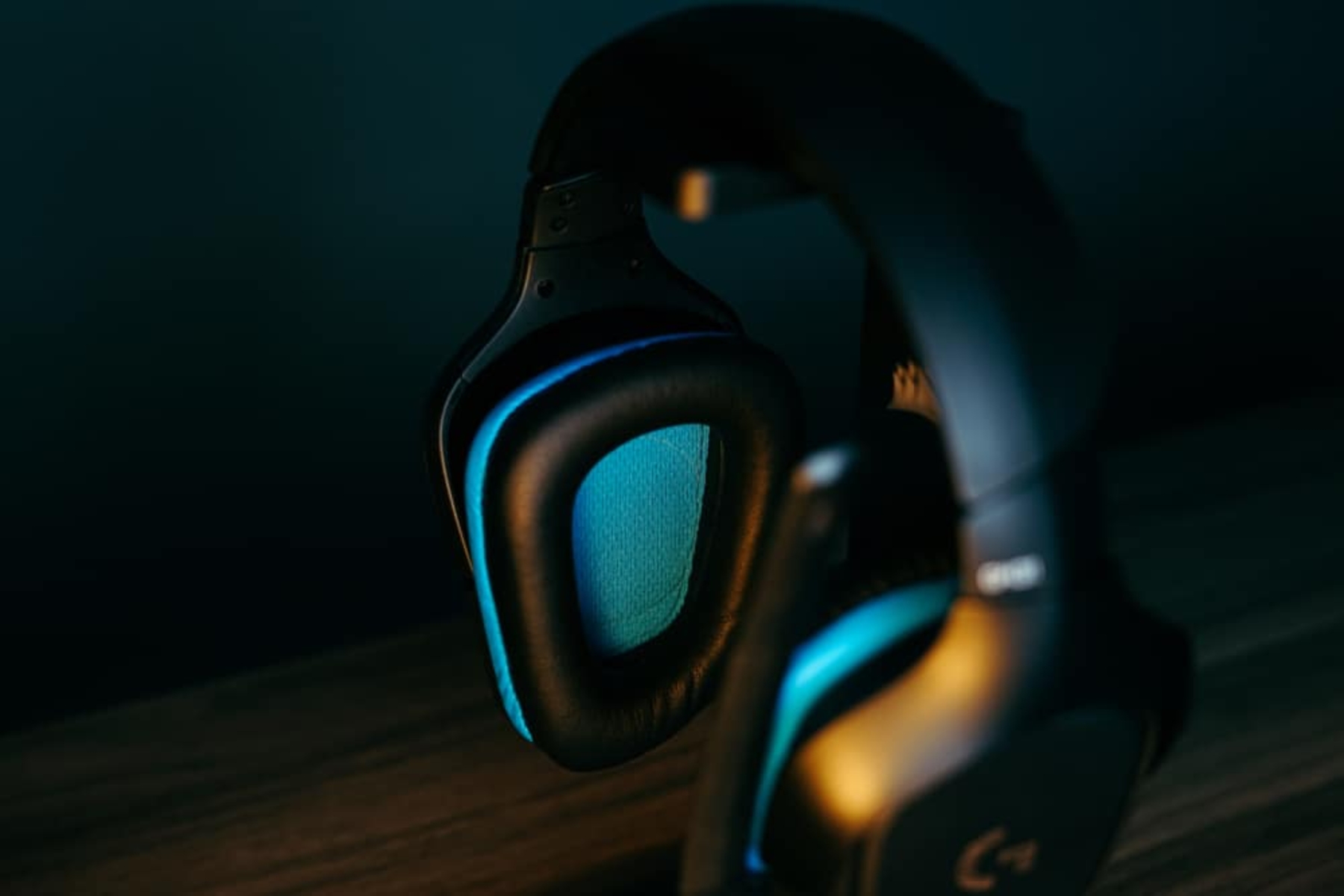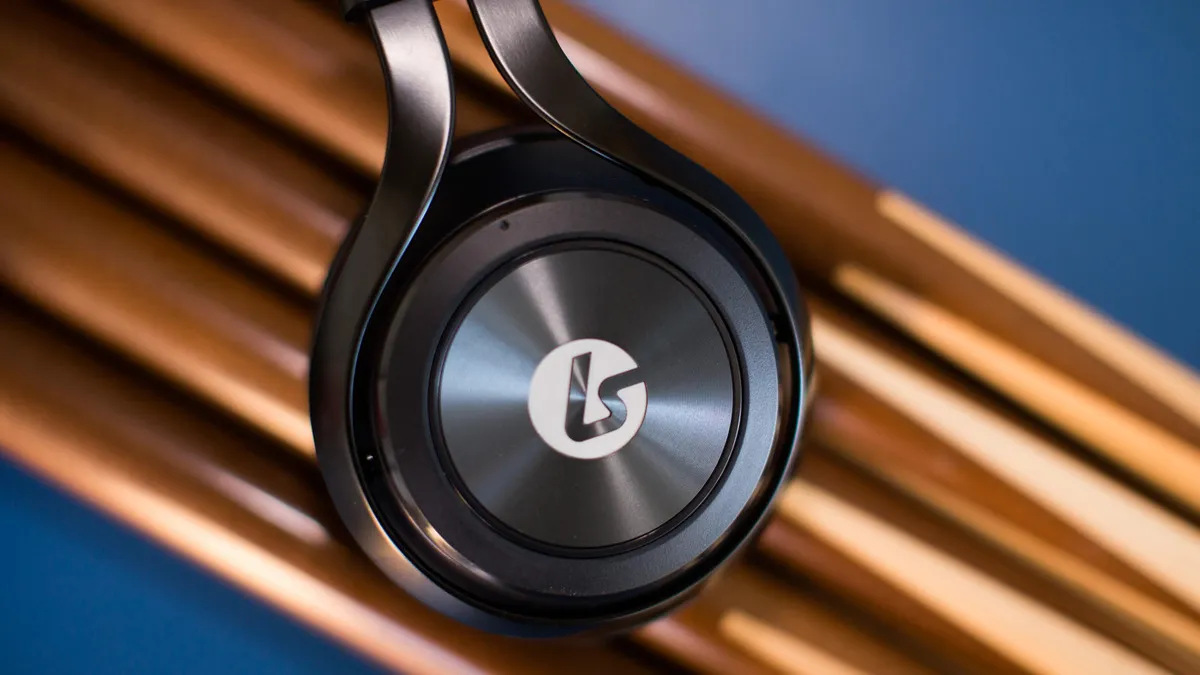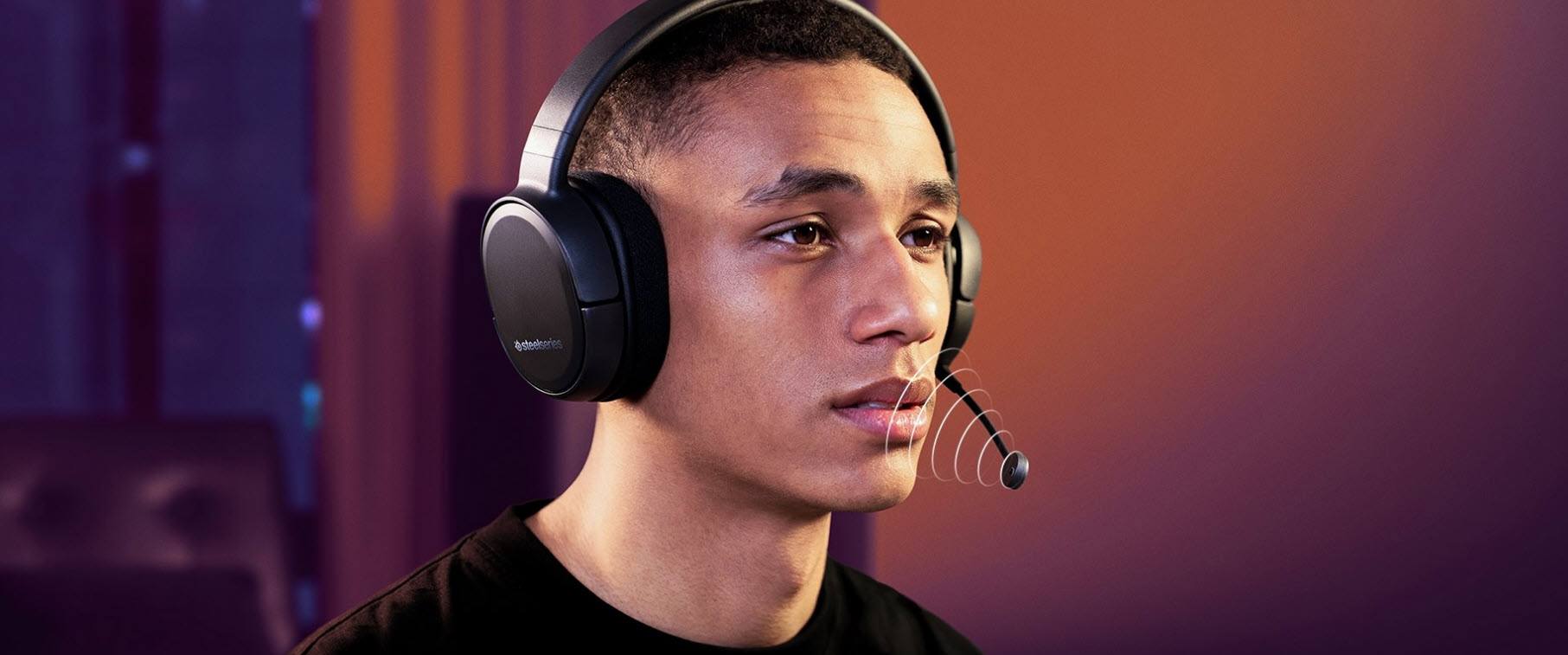Understanding the Causes of Echo
Echo, in the realm of audio communication, can be a nuisance that disrupts the clarity and coherence of conversations. It occurs when sound waves reflect off surfaces and return to the listener's ears with a slight delay, creating a repetitive and distracting effect. Understanding the causes of echo is crucial in effectively addressing and eliminating this issue.
-
Room Acoustics: The acoustics of a room play a significant role in the occurrence of echo. Large, empty spaces with hard surfaces tend to reflect sound waves more readily, leading to pronounced echo. Conversely, rooms with soft furnishings and sound-absorbing materials minimize sound reflection, reducing the likelihood of echo.
-
Microphone Sensitivity: The sensitivity of the microphone can also contribute to echo. If the microphone picks up the sound from the headset's earpiece, it can create a feedback loop, resulting in echo. This is particularly common in open-back headsets, where sound leakage from the ear cups can be picked up by the microphone.
-
Device Settings: In some cases, the echo may stem from the settings on the audio input/output devices. Incorrect configurations, such as high microphone sensitivity or excessive audio output levels, can lead to echo during calls or audio recordings.
-
Distance from Sound Source: When using a headset, the distance between the microphone and the sound source can impact the occurrence of echo. If the microphone is positioned too close to the mouth, it may pick up sound from the headset's earpiece, contributing to echo.
By delving into the underlying causes of echo, individuals can gain valuable insights into how to mitigate and ultimately eliminate this audio nuisance. Identifying the specific factors contributing to echo in a given environment or setup is the first step toward implementing effective solutions for echo-free audio.
Choosing the Right Headset for Echo-Free Audio
Selecting the appropriate headset is a pivotal step in ensuring echo-free audio experiences. When seeking a headset tailored to mitigate echo, several key features and considerations come into play:
-
Noise-Cancelling Microphone: Opt for a headset equipped with a noise-cancelling microphone. This feature actively filters out ambient sounds and minimizes the likelihood of echo-inducing background noise being picked up during conversations or recordings.
-
Closed-Back Design: Headsets with a closed-back design offer enhanced sound isolation, effectively containing audio within the ear cups and reducing the potential for sound leakage that could contribute to echo.
-
Quality Construction: Investing in a well-constructed headset with high-quality materials can significantly impact audio performance. Look for durable, reliable headsets designed to minimize sound leakage and maintain clear, consistent audio output.
-
Compatibility: Ensure that the chosen headset is compatible with the specific devices and platforms you intend to use. Compatibility issues can sometimes lead to audio irregularities, including echo, so verifying compatibility is essential.
-
User Reviews and Recommendations: Researching user reviews and seeking recommendations from trusted sources can provide valuable insights into the echo-reducing capabilities of different headset models. Real-world experiences and feedback can offer practical guidance when making a purchase decision.
By prioritizing these factors and selecting a headset that aligns with these considerations, individuals can proactively diminish the potential for echo in their audio communications. The right headset serves as a foundational element in achieving echo-free audio, complementing other strategies and adjustments aimed at optimizing sound quality and clarity.
Adjusting the Microphone Position
The positioning of the microphone holds significant sway over the audio quality and echo potential in headset usage. By strategically adjusting the microphone position, individuals can effectively mitigate echo and optimize sound capture for clear, distortion-free communication.
Optimal Distance and Angle
Positioning the microphone at the optimal distance and angle is pivotal in reducing echo. Placing the microphone too close to the mouth can result in the pickup of excessive breath sounds and audio leakage from the earpiece, potentially contributing to echo. Conversely, situating the microphone too far from the mouth may necessitate higher sensitivity settings, increasing the likelihood of ambient noise interference and echo. Finding the sweet spot where the microphone is positioned at a moderate distance from the mouth, typically around one to two inches, helps strike a balance between clear audio capture and echo prevention. Additionally, angling the microphone slightly away from the mouth can further minimize the risk of echo by mitigating direct sound feedback from the earpiece.
Microphone Directionality
Consider the directionality of the microphone when adjusting its position. Many headsets feature unidirectional microphones, designed to capture sound primarily from one direction while attenuating noise from other angles. Orienting the microphone to align with the user's mouth, rather than facing directly toward the earpiece, can enhance its ability to capture clear, direct speech while reducing the likelihood of picking up reflected sound and contributing to echo.
Testing and Fine-Tuning
After adjusting the microphone position, it's advisable to conduct test recordings or trial calls to assess the audio quality and echo presence. Fine-tuning the microphone position based on real-time feedback allows for iterative adjustments, enabling users to pinpoint the optimal setup that minimizes echo and maximizes audio clarity. This iterative approach empowers individuals to tailor the microphone position to their specific speaking style and headset design, fostering an environment conducive to echo-free audio experiences.
By conscientiously addressing the microphone position, users can proactively diminish the potential for echo in their headset usage, fostering clear, distortion-free communication and enhancing overall audio quality. This strategic adjustment, when coupled with other echo-mitigating measures, forms a holistic approach to achieving optimal sound performance in diverse audio communication scenarios.
Using Acoustic Treatment in Your Environment
In the quest for echo-free audio, the impact of the surrounding environment on sound propagation cannot be overlooked. Implementing acoustic treatment measures within the environment where headset usage occurs can significantly contribute to echo reduction and overall audio quality enhancement.
Assessing the Room Acoustics
The first step in leveraging acoustic treatment involves assessing the room acoustics. Identifying the acoustic characteristics of the space, such as its size, shape, and surface materials, provides valuable insights into the potential for sound reflection and echo generation. Large, sparsely furnished rooms with hard surfaces are more prone to echo, while smaller, well-furnished spaces with soft materials tend to exhibit reduced sound reflection.
Sound Absorption Solutions
Integrating sound absorption solutions represents a fundamental approach to minimizing echo within the environment. Utilizing acoustic panels, foam tiles, or sound-absorbing curtains strategically placed on walls and surfaces can effectively reduce sound reflection, dampening the reverberations that contribute to echo. By absorbing and diffusing sound waves, these acoustic treatments foster a more acoustically controlled environment conducive to clear, echo-free audio transmission.
Furniture and Décor Considerations
Strategic placement of furniture and décor items can also play a role in mitigating echo. Incorporating upholstered furniture, area rugs, and draperies within the room adds additional layers of sound absorption, diminishing the potential for sound waves to reflect and cause echo. This approach not only enhances the aesthetic appeal of the environment but also contributes to creating an acoustically balanced space conducive to high-quality audio communication.
Personalized Acoustic Optimization
Tailoring acoustic treatment to align with the specific room characteristics and headset usage patterns allows for personalized echo reduction. By customizing the placement and type of acoustic treatment based on the unique acoustic profile of the environment, individuals can proactively address echo concerns and optimize the audio environment to support clear, distortion-free communication.
Holistic Approach to Echo Reduction
When combined with other echo-mitigating strategies, such as selecting the right headset and adjusting microphone positioning, integrating acoustic treatment within the environment forms a holistic approach to echo reduction. By optimizing the acoustic properties of the surroundings, individuals can create an environment that fosters superior audio quality, minimizing the disruptive effects of echo and enhancing the overall audio communication experience.
Incorporating acoustic treatment within the environment represents a proactive and effective means of addressing echo, contributing to a conducive audio environment that supports clear, distortion-free communication. By leveraging acoustic treatment in tandem with other echo-reducing measures, individuals can cultivate an environment that prioritizes optimal sound quality, ensuring echo-free audio experiences across diverse communication scenarios.
Utilizing Noise-Cancelling Technology
In the pursuit of echo-free audio experiences, the integration of noise-cancelling technology stands as a pivotal strategy for mitigating unwanted sound interference and enhancing overall audio clarity. Noise-cancelling technology operates on the principle of actively identifying and neutralizing ambient sounds, including potential sources of echo, to deliver a pristine audio environment conducive to clear communication and immersive listening.
Active Noise Cancellation Mechanism
At the core of noise-cancelling technology lies an active mechanism designed to counteract ambient sounds. Headsets equipped with active noise cancellation feature built-in microphones that capture external sounds and generate anti-noise signals in real time. These anti-noise signals are then superimposed over the incoming sounds, effectively canceling out ambient noise and minimizing the potential for echo-inducing reverberations.
Echo-Reduction Benefits
The application of noise-cancelling technology extends beyond mere ambient noise reduction, encompassing the attenuation of echo-producing elements within the audio environment. By actively suppressing reverberations and reflected sound waves, noise-cancelling technology contributes to a more controlled acoustic environment, mitigating the occurrence of echo during audio communication and recording activities. This proactive approach aligns with the overarching goal of fostering echo-free audio experiences, ensuring that communication remains clear, coherent, and devoid of disruptive audio artifacts.
Immersive Audio Clarity
Beyond echo mitigation, noise-cancelling technology enhances overall audio clarity, immersing users in a pristine sonic environment. By isolating the desired audio signals and minimizing the intrusion of unwanted sounds, this technology fosters a focused and immersive audio experience, free from the distractions and distortions that echo can introduce. Whether engaging in voice calls, virtual meetings, or audio playback, the integration of noise-cancelling technology elevates the quality of audio communication, underscoring its significance in achieving echo-free audio.
Holistic Echo Mitigation
When combined with other echo-mitigating strategies, such as selecting the right headset, adjusting microphone positioning, and implementing acoustic treatments, the utilization of noise-cancelling technology forms a holistic approach to echo reduction. By leveraging the active suppression of ambient sounds and echo-inducing reverberations, individuals can create an audio environment optimized for clear, distortion-free communication, enriching the audio experience across diverse usage scenarios.
Future-Forward Audio Experiences
As technology continues to advance, the integration of noise-cancelling capabilities within headsets and audio devices represents a forward-looking approach to audio optimization. By embracing noise-cancelling technology, individuals are poised to navigate evolving audio landscapes with confidence, enjoying echo-free communication and immersive soundscapes that prioritize clarity and fidelity.
Incorporating noise-cancelling technology within the audio ecosystem represents a proactive and effective means of addressing echo, contributing to a conducive audio environment that supports clear, distortion-free communication. By leveraging noise-cancelling technology in tandem with other echo-reducing measures, individuals can cultivate an environment that prioritizes optimal sound quality, ensuring echo-free audio experiences across diverse communication scenarios.
Adjusting Audio Settings on Your Device
Fine-tuning the audio settings on your device is a crucial step in the pursuit of echo-free audio experiences. By delving into the intricacies of audio configurations, individuals can proactively address potential sources of echo and optimize sound output for clear, distortion-free communication and immersive listening.
Microphone Sensitivity and Gain Control
Adjusting the microphone sensitivity and gain control settings can significantly impact the echo potential in headset usage. Lowering the microphone sensitivity helps mitigate the risk of picking up ambient sounds and reverberations, reducing the likelihood of echo-inducing feedback loops. Additionally, fine-tuning the gain control allows for precise management of audio input levels, empowering users to tailor the microphone's capturing capabilities to align with their specific communication needs. By optimizing these settings, individuals can curtail echo while maintaining optimal speech intelligibility and minimizing audio artifacts.
Echo Cancellation and Noise Suppression
Many modern audio devices feature built-in echo cancellation and noise suppression functionalities. Activating these features within the device settings can bolster echo reduction efforts by leveraging advanced algorithms to identify and neutralize echo-inducing elements in real time. Echo cancellation technology works to distinguish between desired audio signals and reflected sounds, effectively suppressing echo and enhancing overall audio clarity. Similarly, noise suppression capabilities target ambient sounds, further contributing to a controlled acoustic environment conducive to echo-free communication and audio playback.
Audio Equalization and Signal Processing
Exploring the audio equalization and signal processing options within device settings presents opportunities to optimize sound output and minimize echo. Tailoring the equalization settings allows users to fine-tune the frequency response of the audio output, mitigating potential resonance and reverberation that can contribute to echo. Moreover, leveraging signal processing features, such as dynamic range compression and de-essing, enables users to refine the audio signal, reducing the impact of unwanted artifacts and echo-inducing elements. By harnessing these tools, individuals can sculpt the audio output to align with their preferences while proactively addressing echo-related concerns.
Real-Time Monitoring and Feedback Loop Management
Utilizing real-time monitoring features and feedback loop management tools offered within device settings empowers users to actively assess and address potential echo issues. Monitoring the audio input and output in real time allows for immediate detection of echo and other audio irregularities, facilitating prompt adjustments to the settings to mitigate echo. Additionally, feedback loop management functionalities provide mechanisms to identify and suppress feedback loops that can contribute to echo, ensuring a stable and distortion-free audio environment. By leveraging these tools, individuals can engage in proactive echo management, fostering clear, uninterrupted audio communication across diverse usage scenarios.
Customization and Iterative Optimization
Embracing the customization options within device audio settings opens avenues for personalized echo reduction and iterative optimization. Tailoring the settings to align with specific usage scenarios, speaking styles, and environmental factors allows for a nuanced approach to echo mitigation. By iteratively refining the audio settings based on real-time feedback and usage experiences, individuals can fine-tune the device's audio configuration to foster echo-free audio experiences tailored to their unique preferences and requirements. This iterative optimization process empowers users to continuously enhance the audio environment, ensuring that echo remains effectively managed across varied communication and multimedia applications.
By navigating the intricacies of audio settings on their devices, individuals can proactively address potential sources of echo and optimize sound output for clear, distortion-free communication and immersive listening. Leveraging the diverse tools and functionalities offered within device settings, users can cultivate an audio environment conducive to echo-free experiences, fostering enhanced audio quality and seamless communication in diverse usage scenarios.







